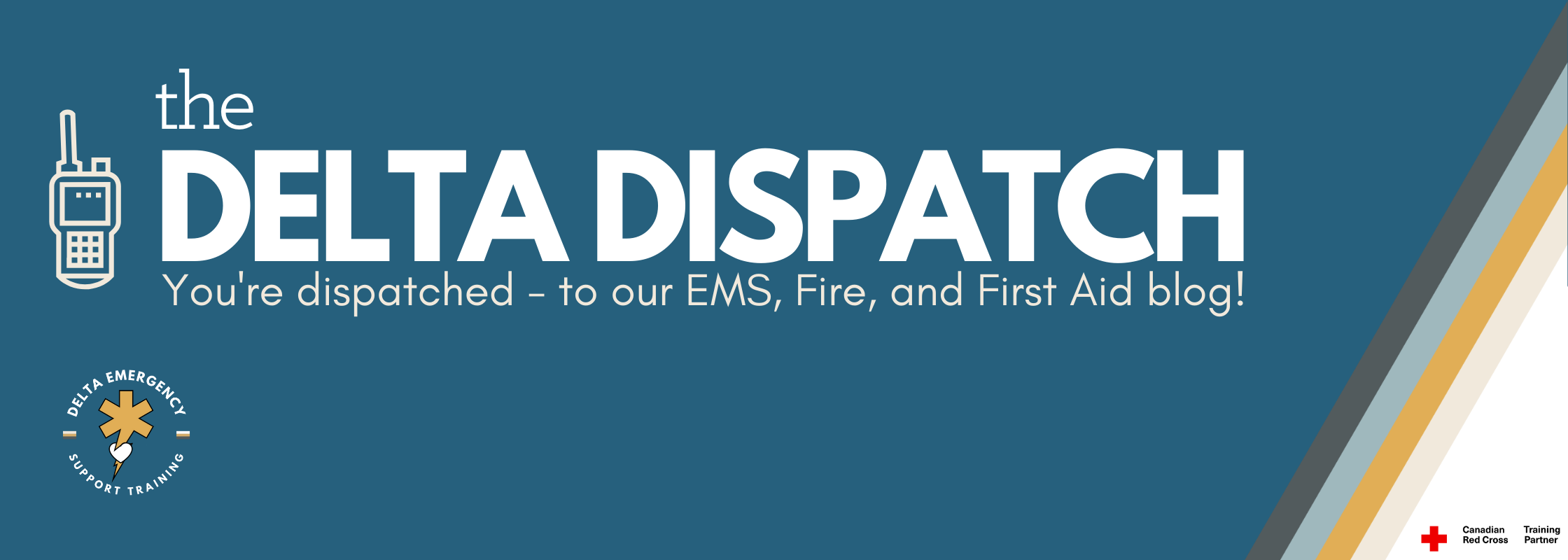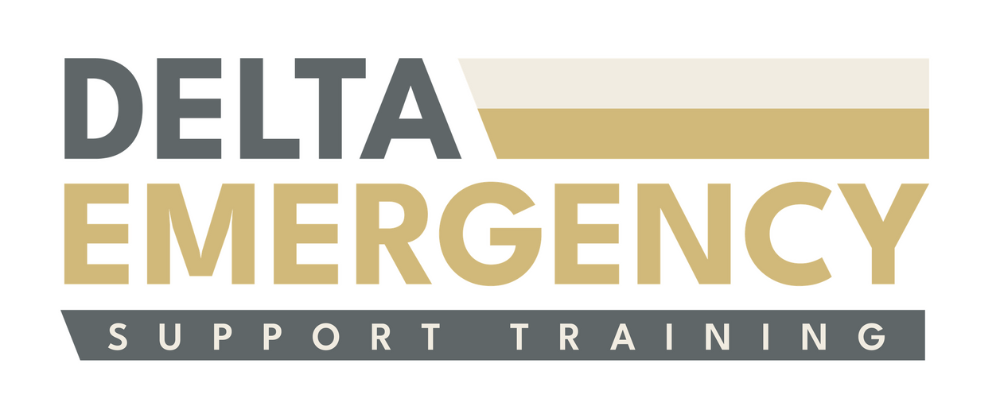Handling Bone Fractures: Essential Tips for First Responders
/XRAY OF BROKEN TIB FIB
Fractures are common injuries that medical first responders frequently encounter, and proper management is critical in ensuring the patient's safety and minimizing long-term complications. This guide covers essential protocols for handling fractures, emphasizes the importance of checking distal pulses, and provides specific management tips for different types of fractures. At Delta Emergency Support Training, we provide access to Red Cross workbooks, hands-on training, and in-person classes for EMR and AFA, ensuring that you're well-prepared to manage fractures effectively.
General Approach to Fracture Management
Assess the Scene: Ensure your safety first and perform a quick primary assessment. Look for life-threatening conditions (e.g., breathing, bleeding, and consciousness).
Immobilize the Injury: Fractured bones must be stabilized to prevent further injury. Do not attempt to realign a displaced bone unless it is absolutely necessary to restore circulation.
Check Circulation: Always check for a distal pulse (e.g., radial pulse for upper limbs, dorsalis pedis pulse for lower limbs). The absence of a pulse could indicate compromised circulation and require immediate intervention.
Pain Management: Administer pain relief within your scope of practice and ensure comfort during transport.
Fracture Types and Management Protocols
Upper Limb Fractures
Clavicle Fracture
Symptoms: Pain, visible bump, limited range of motion.
Management: Use a sling or figure-eight bandage to immobilize. Check for a radial pulse to assess circulation. If no pulse, realign gently to restore blood flow.
Humerus Fracture
Symptoms: Pain, swelling, abnormal positioning.
Management: Immobilize with a splint or sling. Check radial pulse. A lack of pulse suggests potential nerve or vessel damage, requiring immediate intervention.
Radius and Ulna Fractures
Symptoms: Swelling, bruising, and inability to move the wrist or fingers.
Management: Use a splint, ensuring the wrist and elbow are stabilized. Always check the radial pulse; absence of pulse indicates compromised circulation and requires urgent realignment.
Lower Limb Fractures
Femur Fracture
Symptoms: Severe pain, swelling, inability to move.
Management: Use a traction splint to stabilize. Check the femoral pulse. Absence of pulse demands immediate medical intervention.
Tibia and Fibula Fractures
Symptoms: Pain, bruising, and difficulty moving.
Management: Apply a splint to stabilize the leg. Check the dorsalis pedis pulse; absence indicates possible vascular damage and requires urgent attention.
Ankle and Foot Fractures
Symptoms: Pain, swelling, deformity.
Management: Stabilize with a splint. Check pulses at the dorsalis pedis and posterior tibial sites. Absence of pulse requires immediate action to restore blood flow and prevent limb loss.
Spinal and Pelvic Fractures
Spinal Fractures
Symptoms: Neck or back pain, possible numbness or tingling in limbs.
Management: Immobilize the spine with a cervical collar and prevent movement. Check femoral and radial pulses. Absence of pulses may indicate spinal cord injury or severe vascular damage.
Pelvic Fractures
Symptoms: Severe pelvic pain, bruising, difficulty moving.
Management: Apply a pelvic binder to reduce movement. Check femoral pulse. Absence of pulse indicates potential severe internal bleeding and requires immediate medical intervention.
Why Checking for Distal Pulse is Critical
When dealing with fractures, checking for distal pulses is a vital step in ensuring the injured limb is receiving adequate blood flow. Absence of a pulse can suggest that a major artery or vein is compromised, risking tissue necrosis or limb loss. Repositioning the limb or gently realigning the fracture can sometimes restore circulation, but if pulses are absent, it's important to seek advanced medical help immediately.
Delta Emergency Support Training
At Delta Emergency Support Training, we ensure that our students are fully prepared to handle emergencies with confidence. Through our Red Cross workbooks, teaching resources, study tips, and in-person classes for EMR and AFA, we provide the practical knowledge necessary to deal with fractures and other emergencies. Our training will guide you through how to assess injuries, check circulation, immobilize fractures, and effectively manage patients in critical situations.
Whether you're just starting out or looking to sharpen your skills, our comprehensive training resources will give you the expertise needed to provide quality care in high-pressure situations.




